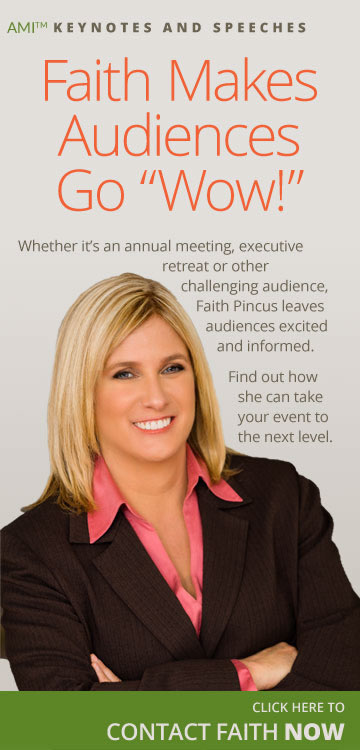The shortest, best tip for a great speech
When researching and writing your presentation, there are two steps that we’ll be looking at. You’ll need to gather all the raw data – facts, case studies, interviews, background, anecdotes, etc. And you’ll need to establish the most basic structure of your speech. I have found that you can be a little flexible in terms of which step comes first. You can start with the data and let it drive the structure, or start with the structure. You can do them both at the same time, if that won’t lead to any confusion that might muddy your message.
We’ll be talking at more length about the data gathering, since that’s an extensive subject and needs a lot of attention. But before that, I wanted to spend a minute on the best and most basic structure for a good speech you’ll ever hear. I don’t even need a whole minute – just four syllables’ worth: Choose three main points.
Or, if you want more syllables than that: Decide upon the Three Main Points that you will use to communicate your message.
The magic of 3
People tend to remember groups of odd numbers: 3, 5, 7, 11. There is something about the rhythm associated with number sequences like this – phone numbers, social security numbers, zip codes – that make them easy to understand. To streamline your presentation and be sure that your major points are not lost, narrow your overall theme down to three main points.
To make your presentation clear and help your audience absorb your message, you want to assist them by categorizing and condensing your main ideas. And the easiest number of items for an audience to listen to is the Magic Number Three.
For example, if you were going to talk about driver safety, your major categories could be: Drive Defensively, Don’t be Distracted and Arrive Alive. Once you have defined your three main points, you can offer them to the audience, explain that you’re going to take them through each step one by one and even give them a mnemonic device to remember the steps.
My presentations during my Public Speaking seminars always have three main points: Audience, Message, Image. A.M.I. I use these three main points whether I am giving a one hour keynote or a three-hour basic training seminar, or even a two-day in-depth seminar and coaching program. This is repeated many times during my presentation and, inevitably, when I reach the end of any presentation, each and every audience member can quote it back to me my three main points and why they matter.
That hits a mark that you should be aiming for. Avoid the temptation to load down your message with a lot of unnecessary verbiage or extra information. If your audience can’t repeat your three main points, it means your message got lost in the details.


